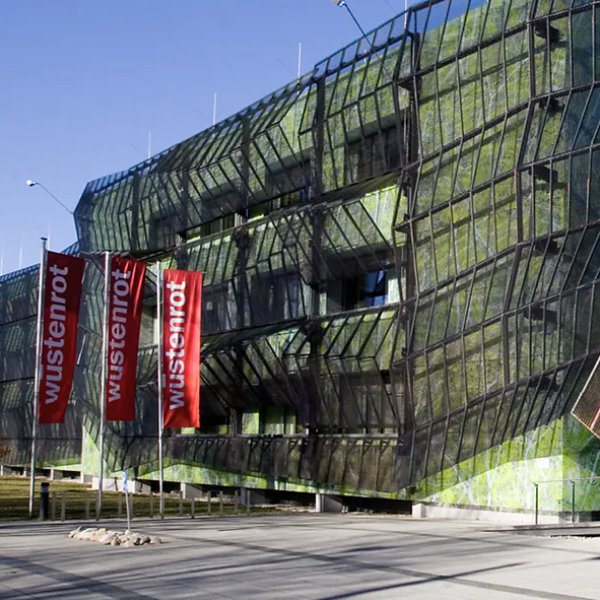By Kris Lovejoy, Global Security & Resiliency Leader at Kyndryl
As the global economy becomes more digitized and interconnected, it also becomes increasingly vulnerable to cyberattacks. A recent IDC study found that cyberattacks are costing businesses significant losses of data or money — with 69% of respondents saying their businesses were adversely affected by a cyberattack in the past year. However, many industry leaders and governments are relying on outdated hardware and software to provide essential services around the world. Think of critical infrastructure such as banking, government, healthcare, power grids and water supply.
While legacy technologies can be inefficient and costly to maintain, aging assets also leave organizations prone to cyberattacks. In fact, the longer legacy technologies linger, the more cybersecurity risks increase. That’s why it is important for technology leaders to adopt a strong cyber resilience posture.
Here are three challenges — and recommended actions — organizations should consider when it comes to their legacy technologies and implementing a stable cyber resilience strategy.


